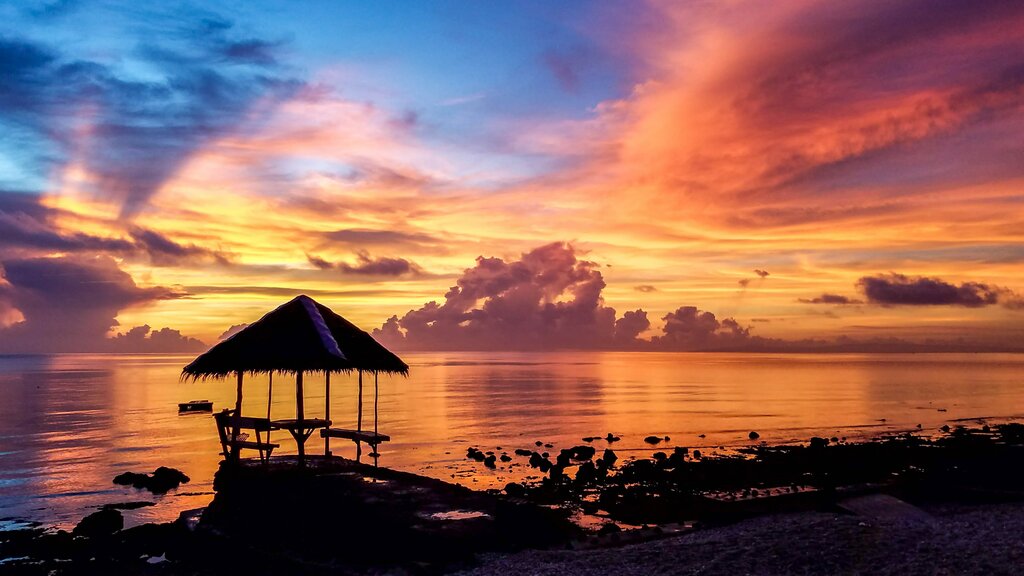
July is the middle of the rainy season in the Philippines and the low season for travel. It’s one of the wettest months of the year, but the rains don’t affect all parts of the country equally. It’s still possible to have a great beach vacation if you head to drier destinations, such as Cebu, Samar, or Leyte. Find out more about traveling to the Philippines in July.
The Philippines in July: A Comprehensive Travel Guide
## Weather in the Philippines in July
July in the Philippines marks the heart of the rainy season, a period that extends until October. It’s generally understood that the months of July and August experience the most significant rainfall. However, it’s crucial to understand that the intensity and distribution of the rains are not uniform across the entire archipelago. The rainy season typically commences in the northern regions of the Philippines and gradually sweeps southward, impacting various areas at different times. Despite this general pattern, certain locations within the Philippines remain relatively sheltered from the heaviest downpours, experiencing only brief and sporadic showers. Throughout July, travelers can anticipate average temperatures ranging from a comfortable 77°F (25°C) to a warmer 91°F (32°C).
It is vitally important for travelers to acknowledge the potential risk of typhoons during this time. While these powerful storms can occur at any point during the year, and their behavior is becoming increasingly erratic due to the effects of climate change, they are most prevalent between the months of June and September. If you are planning a trip to the Philippines in July, it’s essential to stay informed by closely monitoring local weather reports. Be prepared to adjust your travel plans on short notice should a typhoon be approaching. Experiencing the full force of heavy winds and torrential rain is something you’ll definitely want to avoid! Remember to prioritize your safety and be flexible with your itinerary.
## Crowds and Costs During the Philippine Rainy Season
Due to the prevalence of rain, July is typically considered the low season for tourism in the Philippines. The majority of international travelers prefer to visit during the drier months. Furthermore, domestic travel within the Philippines also tends to decrease in July, primarily because the new school year commences in June, leading families to stay closer to home. The confluence of these factors creates an opportunity for savvy travelers. By visiting the Philippines in July, you can potentially secure excellent deals on accommodation and transportation. Overall travel costs will generally be lower compared to the peak season earlier in the year. This makes July an attractive option for budget-conscious travelers willing to embrace the occasional rain shower.
## Destination Ideas: Where to Go in the Philippines in July
The Philippines’ diverse geography, characterized by numerous islands and mountain ranges, results in a varied impact from the rainy season. Rainfall patterns and intensity differ across the country. If you are looking for a beach-focused vacation and are prepared to tolerate the occasional tropical shower, consider venturing to **Cebu**, **Samar**, or **Leyte** in July. These islands, situated in the central and eastern regions of the Philippine archipelago, tend to be less susceptible to the heaviest rains. **Cebu** and **Leyte** offer well-developed infrastructure and stunning beaches, making them popular choices for tourists. **Samar**, on the other hand, presents a more rugged and adventurous experience, with secluded sandy bays that are perfect for exploration on a motorbike.
When planning your itinerary and selecting destinations within the Philippines during July, it is crucial to acknowledge that the rain can occasionally hinder accessibility to certain areas. Roads in rural areas may be affected by mudslides and landslides, while domestic flights are susceptible to cancellations or delays during periods of heavy rainfall. To mitigate these potential disruptions, it is advisable to incorporate buffer days into your itinerary, especially if you intend to explore more remote parts of the Philippines during this month.
## Activities and Experiences: What to Do in the Philippines in July
If the rain is pouring down, why not embrace it? White-water rafting presents an exciting activity that can be enjoyed in the Philippines, and the experience is generally enhanced by higher water levels. Journey to the city of **Cagayan de Oro**, located in northern **Mindanao**, to embark on a rafting adventure along the **Cagayan de Oro River**. This river is at its prime for rafting between June and December. With approximately 60 rapids stretching along its 55-mile (90-km) length, the **Cagayan de Oro River** caters to both beginner and experienced rafters. It is also the longest river in the Philippines.
**Mindanao** is another region that experiences relatively less rainfall during this time of year, making it an appealing destination to explore in July. Consider visiting **Camiguin Island** for a tranquil and idyllic beach retreat either before or after your white-water rafting adventures. Despite the fact that **Mindanao** has sometimes suffered from a reputation for being unsafe due to historical insurgency, the northern part of this expansive island is generally considered to be as safe as any other area of the Philippines.
## Additional Resources
[Links to June, August, Best Time and How Many Days articles REMOVED]
B-2152
